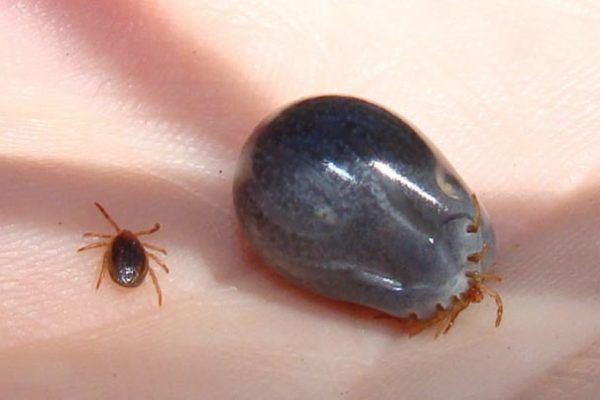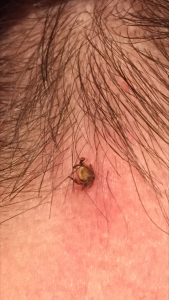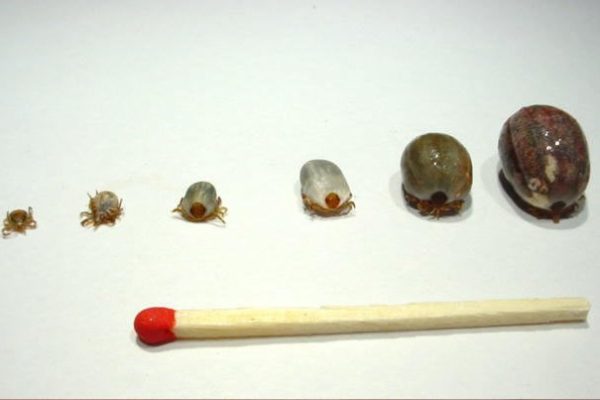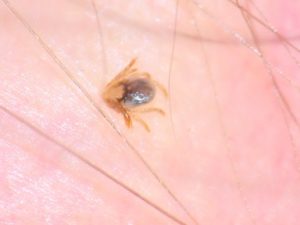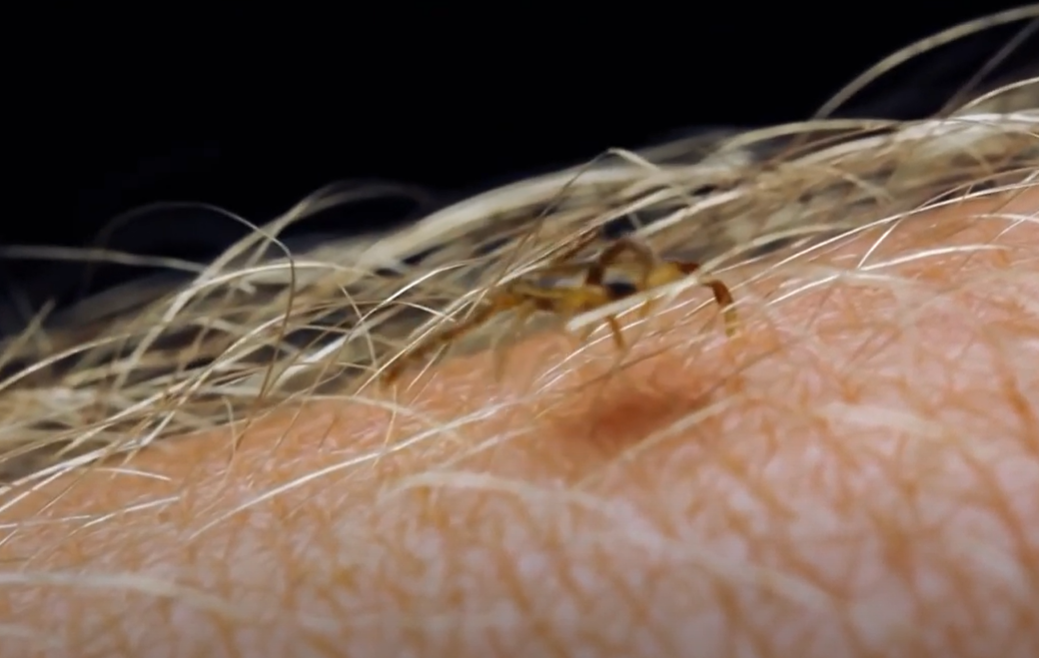At TickSafe we are experts at ridding your garden of ticks and mosquitoes but we are not health care professionals. Tick Safe and The Mozzie Team North Shore provide expert tick control services to ensure your garden is safe. So, if you’ve been bitten by a tick and are experiencing any allergic reactions or symptoms, even minor ones, you should immediately seek medical help. The majority of ticks found on the east coast of Australia are Australian Paralysis Ticks (Ixodes Holocyclus) even the very small ones which are simply the juveniles. They are the most dangerous for causing allergy and serious disease and trying to remove them the wrong way can be disastrous.
Red Meat Allergy, acute anaphylaxis or a chronic bacterial illness resembling Lyme Disease may be the result. We follow the advice of “TIARA” – The Tick Induced Allergies Research and Awareness Organisation based at Sydney’s Royal North Shore Hospital. The key message is to kill the tick where it is and remove it later. This information was last updated in November 2016.
Firstly – DO NOT DO ANY OF THESE THINGS
- Do not use household tweezers to remove a tick.
- Do not try to scratch or pull it out with your fingernails. Also, don’t scratch something you can’t see if there’s any chance it might be a tick.
- Do not try to burn it with a match or lighter.
- Do not apply any sort of substance to it. Lyclear Cream is the only substance that should be used (see below).
If the tick is close to the eyes or genitals don’t attempt to remove it yourself but seek medical assistance.
Some sources tell you to use tweezers to remove a live tick, many are American or European where the Australian Paralysis Tick doesn’t live. Using household tweezers, or any of the methods listed above, to remove a live paralysis tick will cause the tick to inject it’s saliva and gut contents into your body in response to being interfered with or simply from you squeezing it’s body. These tick body fluids contain the dangerous toxins and pathogens. You are at high risk of serious complications if you squeeze the body of a paralysis tick with tweezers or irritate it with the wrong substances.
Some sources tell you to use tweezers to remove a live tick, many are American or European where the Australian Paralysis Tick doesn’t live. Using household tweezers, or any of the methods listed above, to remove a live paralysis tick will cause the tick to inject it’s saliva and gut contents into your body in response to being interfered with or simply from you squeezing it’s body. These tick body fluids contain the dangerous toxins and pathogens. You are at high risk of serious complications if you squeeze the body of a paralysis tick with tweezers or irritate it with the wrong substances.
I have an ADULT tick biting me….
Freeze don’t squeeze!
Do not attempt to pull it off with tweezers or your fingers. Go to a pharmacy and buy one of the sprayable products used for freezing warts off the skin. The best one we know of is an aerosol called “Wart-Off Freeze”. The product is very easy to use – as seen in the video. Hold the spray nozzle half a centimetre above the tick and apply 5 squirts of spray which instantly freezes it to death. It doesn’t hurt and is suitable for children as young as four. If left in place it will eventually fall out, however, at this point you can remove it with very fine tipped tweezers, never household tweezers, and only if gripping the tick’s mouth parts. Remove with a firm, smooth pulling motion. Squeezing the body of a dead tick will still force it’s toxins into your bloodstream. Do not worry about leaving fragments of the mouth parts behind as they don’t contain the toxins and will work their own way out. Apply antiseptic and expect itchiness for a week or more.
I have JUVENILE ticks biting bite….
Dab don’t grab!
It is common to get multiple juvenile ticks on you at once, usually because you’ve brushed against a group of newly hatched ticks. You’ll need a skin cream called “Lyclear” from any pharmacy. It contains permethrin and is used to treat scabies, which is an infestation of tiny mites under the skin. Apply a pea sized blob directly onto each tick without rubbing it in. Leave for at least one hour then scrape the cream and the dead tick off as if shaving.
This method can also be used on adult ticks in children under four and for people with skin conditions that make freeze spray unsuitable.
I can’t get to a pharmacy, I only have tweezers….
You mustn’t use household tweezers to remove a tick – they are too wide at the tips and you will inevitably squeeze the tick’s body forcing toxins into your blood. Only fine nosed tweezers are suitable. The tweezers you use must be the very pointy type like a jeweller uses because it’s essential that you only grab the “head” of the tick which are, in fact, its mouth parts. Surgical tweezers with a fine, curved tip are even better. Gently push down on the skin surrounding the tick to give you better access to it’s embedded mouth parts. A tick’s mouth can penetrate you by nearly 3mm, however it doesn’t actually “burrow” into your skin, rather, your tissue around the tick bite swells giving the appearance that the tick has dug in. Once you have a firm grip then use steady pressure in one movement to pull the tick straight out without twisting. Apply antiseptic and expect itchiness that can last for a week or more. If at any time following the tick bite you experience other symptoms, even if you don’t think it was the result of the tick, you should immediately seek medical advice and tell the doctor when you were bitten.
How can I stop ticks from biting me?
If you’re in tick prone areas there are some simple steps you can take to minimise bites. For a start wear long sleeves and long pants, preferably tightened at the wrists and ankles. Ticks don’t drop from trees onto people, but wearing a hat might help prevent a tick from attaching to your head if you brush past it.
Insect repellent is essential and it must contain either DEET or Picaradin. We use “Aerogard Odourless”. The higher the concentration of these ingredients, the longer the product will remain effective. “All natural” products aren’t recommended as they haven’t been proven effective. Be thorough when applying repellents – think of it like sunscreen – if you miss an exposed bit it’s likely to get sunburn – likewise for repellents; they only protect the places they’ve been applied. Finally, make a thorough check of your skin with someone else to look at places you can’t see, when you leave a tick area. Ticks can take up to 2 hours to actually bite you once they’ve found their way onto your skin and even then may go unnoticed for one to two days before you feel the effects of their bite.

